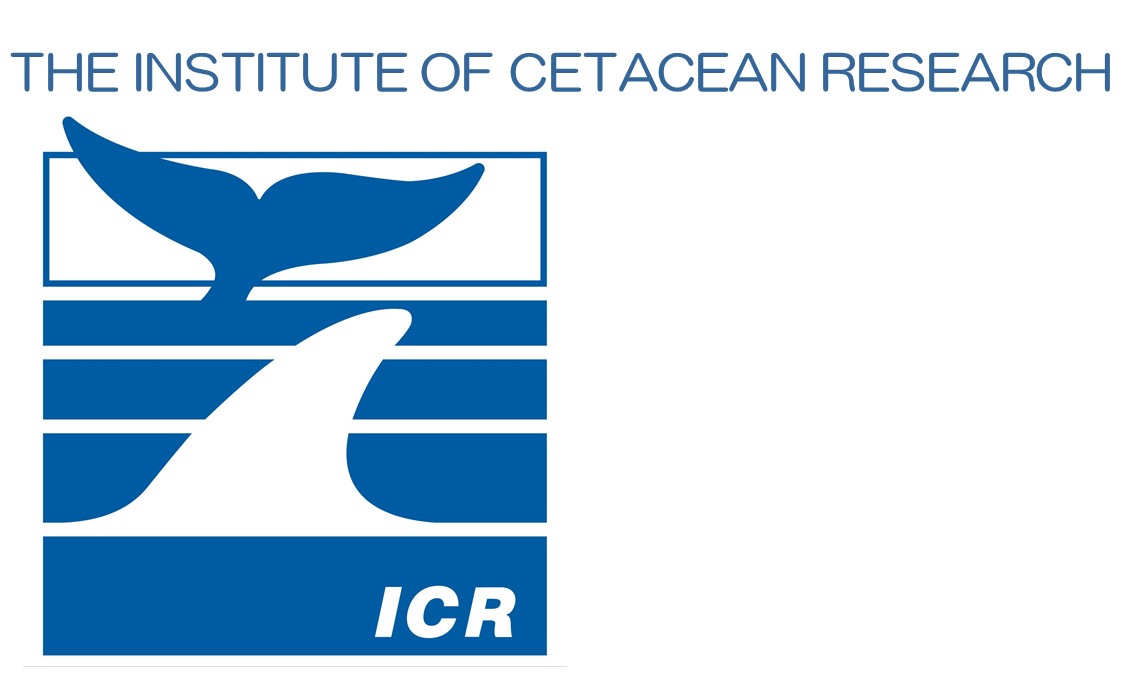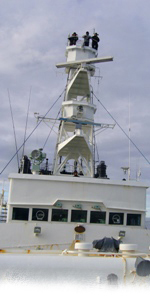2017 IWC/Japan Joint Cetacean Sighting Survey Cruise in the North Pacific - IWC-POWER
July 3, 2017
1. Background
The IWC/Japan Joint Cetacean Sighting Survey Cruise in the North Pacific (POWER) is a collaborative program started in 2010 after the conclusion of the International Whaling Commission Southern Ocean Whale and Ecosystem Research (IWC-SOWER) program carried out from 1996/1997 to 2009/2010 in the Antarctic.
In 2011 the IWC Scientific Committee annual meeting decided to name the new research program as the IWC-POWER (Pacific Ocean Whale Ecosystem Research). The POWER research program is appraised as an important component of the International Whaling Commission work. It is tasked by the IWC Scientific Committee and coordinated and directed by the IWC (http://iwc.int/power).
The IWC-SOWER program and its predecessor, the IDCR (International Decade for Cetacean Research, 1978/1979-1995/1996) were conducted in total for 32 consecutive years and made a huge contribution to estimating abundance of whale stocks distributing in the Antarctic, such as Antarctic minke whales, and elucidating the trends of whale stock abundance. Both IDCR and SOWER are recognized as the most successful international collaborative research effort conducted under the auspices of the IWC. Over the years, Japan has made a substantive contribution for the continuous implementation of these international whale research programs by providing research vessels and crew from the beginning to the end (http://iwc.int/sower). Following the IWC-SOWER, the POWER research cruises have been covering a wide area of the North Pacific that had not been surveyed for several decades since their beginning in 2010, sighting a large number of fin and sei whales and collecting many valuable data including biopsy samples. The research cruise this year enters its 8th year and will be carried out in accordance with a research plan based on specific tasks set forth by the IWC Scientific Committee.
2. Outline of the 2017 Research Cruise
The IWC-POWER program is conducted collaboratively by the International Whaling Commission and the Government of Japan. The IWC Scientific Committee has developed the research program and established the IWC-POWER Steering Group, which has a role of designing the research plan and analyze the results of the cruises. The Institute of Cetacean Research, under the commission of the Fisheries Agency of Japan, carries out the IWC-POWER cruises.
2.1 Objectives
(a) information for the in-depth assessments of North Pacific sei, humpback and gray whales in terms of abundance, distribution and stock structure;
(b) information on the critically endangered North Pacific right whale population in the eastern Pacific;
(c) completion of coverage of the northern range of fin whales following on from the IWC-POWER cruises in 2010-12;
(d) baseline information on distribution, stock structure and abundance for a poorly known area for several large whale species/populations, including those that were known to have been depleted in the past but whose status is unclear;
(e) essential information for the development of the medium-long term international programme in the North Pacific in order to meet the Commission's long-term objectives.
2.2 Research Cruise Period
From July 3, 2017 to September 25, 2017 (85 days).
2.3 Research Area
The research area is north of Aleutian Islands, south of 66oN between 175oW and coast of Alaska (USA EEZ, Fig. 1).
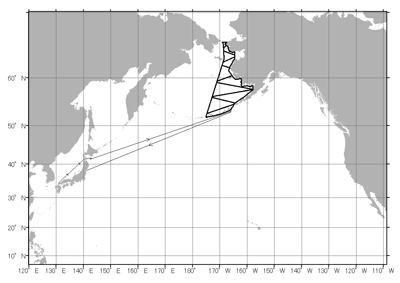
Fig. 1 The 2017 IWC-POWER research area.
2.4 International Researchers
IWC-POWER International researchers are nominated by the IWC Scientific Committee.
Koji Matsuoka (Cruise leader, Institute of Cetacean Research, Japan)
Jessica Crance (Alaska Fisheries Science Center, NOAA/AFSC, USA)
Jessica Taylor (IWC nominated international researcher, USA)
Isamu Yoshimura (IWC nominated international researcher, Japan).
2.5 Research Vessel
Yushin-maru No. 2 (747 ton, Captain Hidenori Kasai, 17 crewmen).
2.6 Operating body
The Institute of Cetacean Research (Tokyo, Japan).
Photographs from previous IWC-POWER cruises.
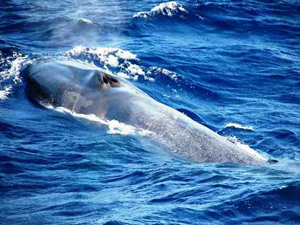 |
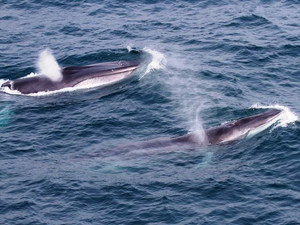 |
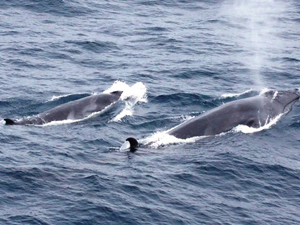 |
| Surfacing of blue whale (2011) |
Mother and calf pair of fin whale (2012) |
Mother and calf pair of sei whale (2011) |
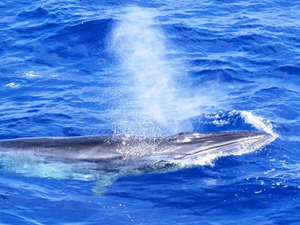 |
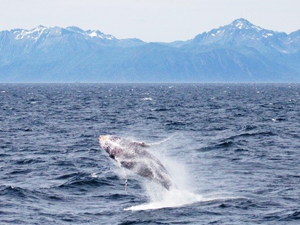 |
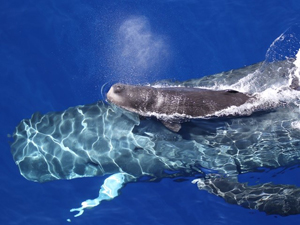 |
| Head of Bryde's whale (2016) |
Humpback whale (2012) |
Mother and calf pair of sperm whale (2016) |
